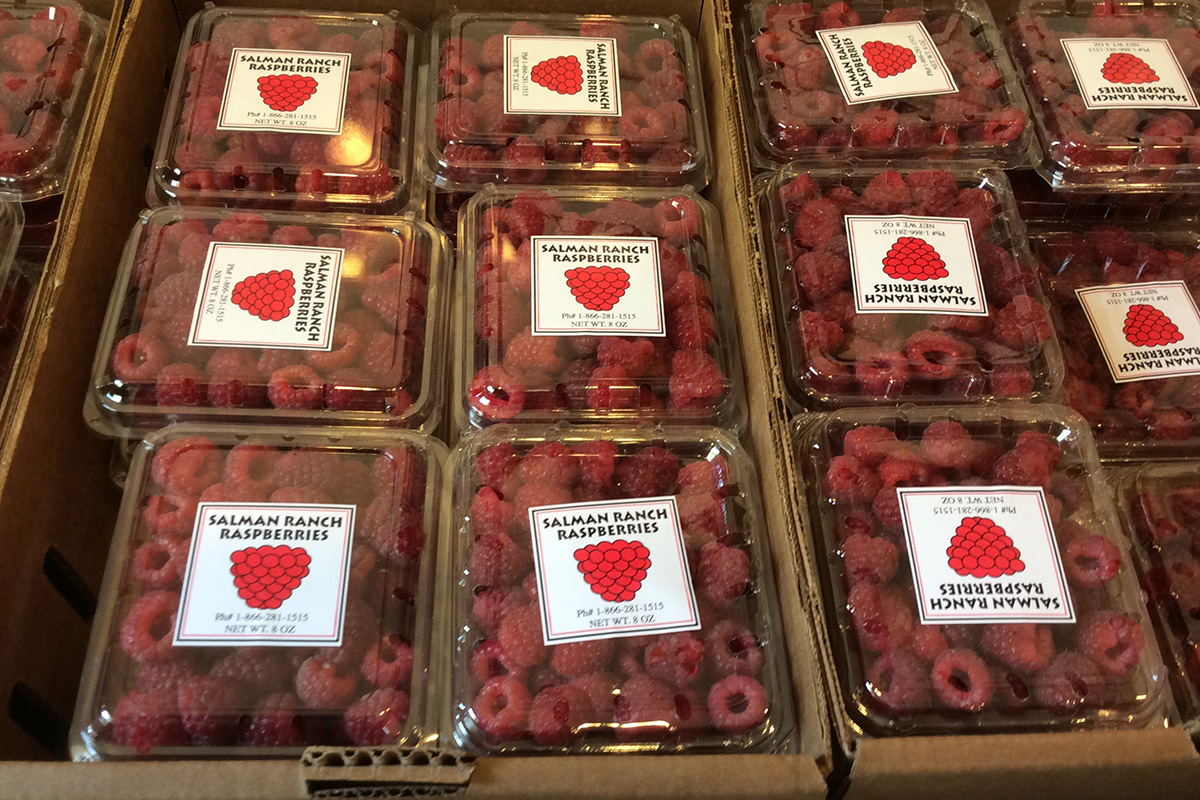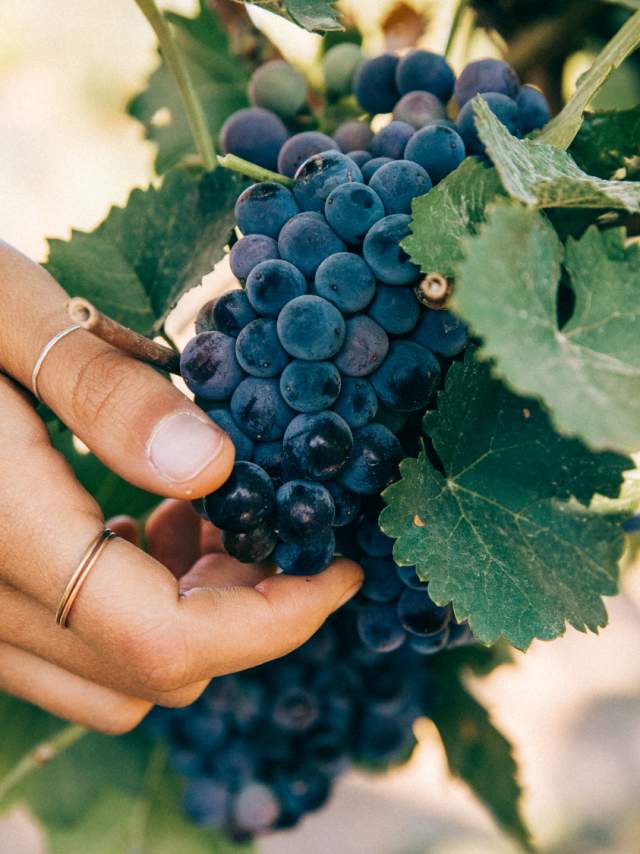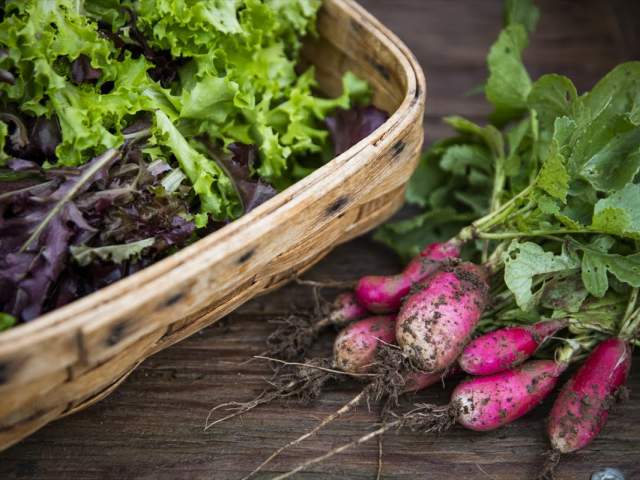Road Trip for True Agriculture Addicts (11 stops – 662.1 miles)
Chase the farm to table thread all the way back to New Mexico’s farms, wineries, and orchards. Start at the southern end of the state, where the state’s oldest vineyards, planted 400 years ago by Franciscan missionaries, still yield grapes, and New Mexico State University’s greenhouses continue to breed new varieties of chile. After tequila tasting, head to accommodations on-site at an organic farm and indulge your senses in not one but two lavender fields. Handcrafts aren’t to be left out, so include stops at local fiber arts centers and one of the sources for local yarn: an alpaca farm.
Additional Road Trips:
Adventure | Native Culture | Cuisine | Architecture | Roadside Oddities | Route 66 | Families
Start this tour where wine got its first foothold in North America. Franciscan friars brought wine grapes to Senecú, New Mexico, in 1629, and the region has been producing wine ever since, with more than 50 varieties now planted. The Tularosa Basin climbs from 4,500 to 6,800 feet in elevation, ranking it among the highest altitude vineyards, too.
B. Chile Pepper Institute at New Mexico State University
The signature ingredient to nearly every New Mexican meal has been cultivated and new varieties created from this plant-equivalent of a test kitchen. Stock up on seeds and seedlings for rare varieties of chiles and tour the teaching garden to learn how to grow and harvest capsicum at this nonprofit.

Located in the charming Southwestern town, Double Eagle Restaurant houses what its proprietors say is the only beef aging room in New Mexico. For a week, beef cures in a chamber kept at between 34 and 36 degrees. These aged steaks are then served in their historic dining room, often alongside a margarita.

Generations of winemaking are at work at St. Clair, first planted in 1981 by Algerian native Hervé Lescombes and now run by his sons, Emmanuel and Florent. The 180-acre vineyard grows cabernet sauvignon, chardonnay, moscato, merlot, zinfandel, and other varietals, which are well served by the Mimbres Valley’s warm days and cool nights.
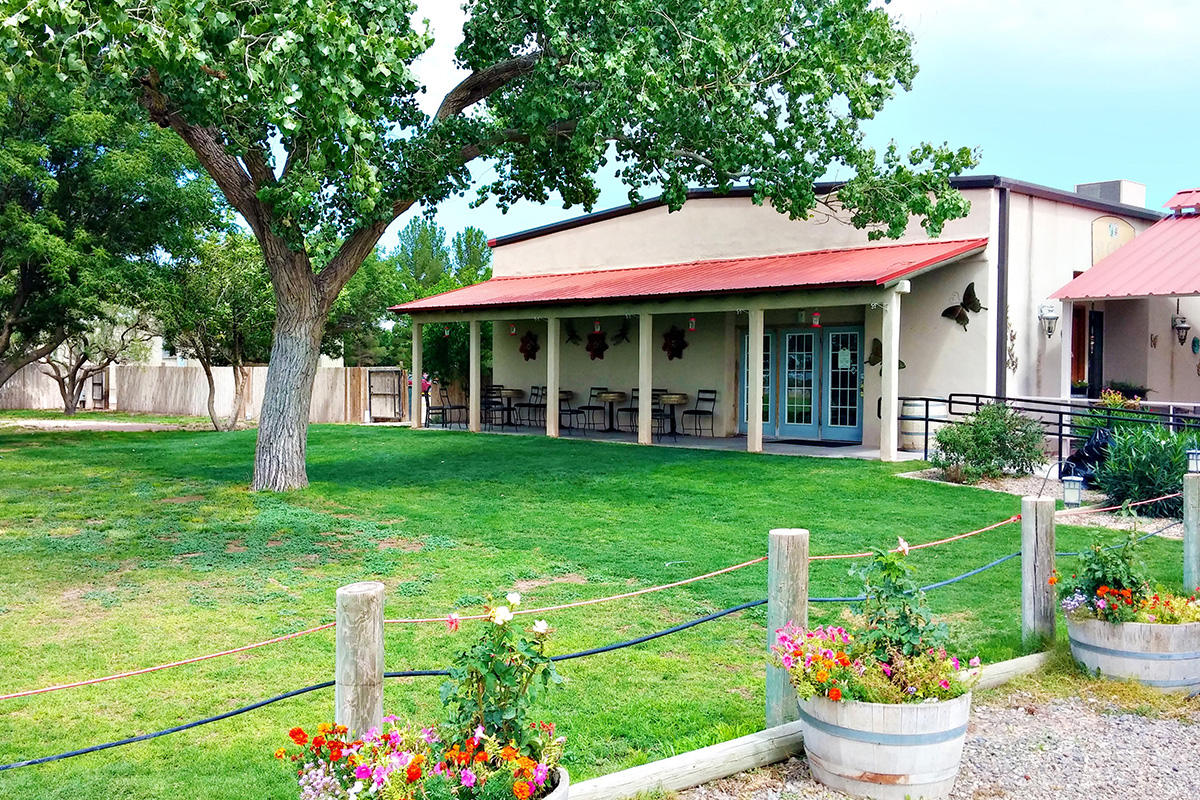
F. Los Poblanos Historic Inn & Organic Farm
The rich soil of the Rio Grande Valley has long provided fertile farmland, a tradition maintained at Los Poblanos. Organic produce includes heirloom and native varieties, some of which, including the Chimayo chiles, O’odham cowpeas, and casaba melons, are considered endangered. The farm also raises honeybees and lavender, which blooms around mid-July.

G. Española Valley Fiber Arts Center
Started in 1995 by a group of weavers who recognized a contingent of area residents were inheriting looms without the skills necessary to use them, the Española Valley Fiber Arts Center teaches the traditional fiber arts long practiced in New Mexico. They support the local ecosystem of fiber producers as well, buying heirloom Navajo-Churro wool and mohair, llama, alpaca, angora, bison, and yak.

More than 2,500 lavender plants grow in the Chama River Valley’s sandy soil in Abiquiu—and bloom in July. They’re then harvested to make bath and body products. Tours of the farm end at a teahouse, where visitors can sip Ceylon lavender tea and enjoy a light lunch, pastries, or desserts.
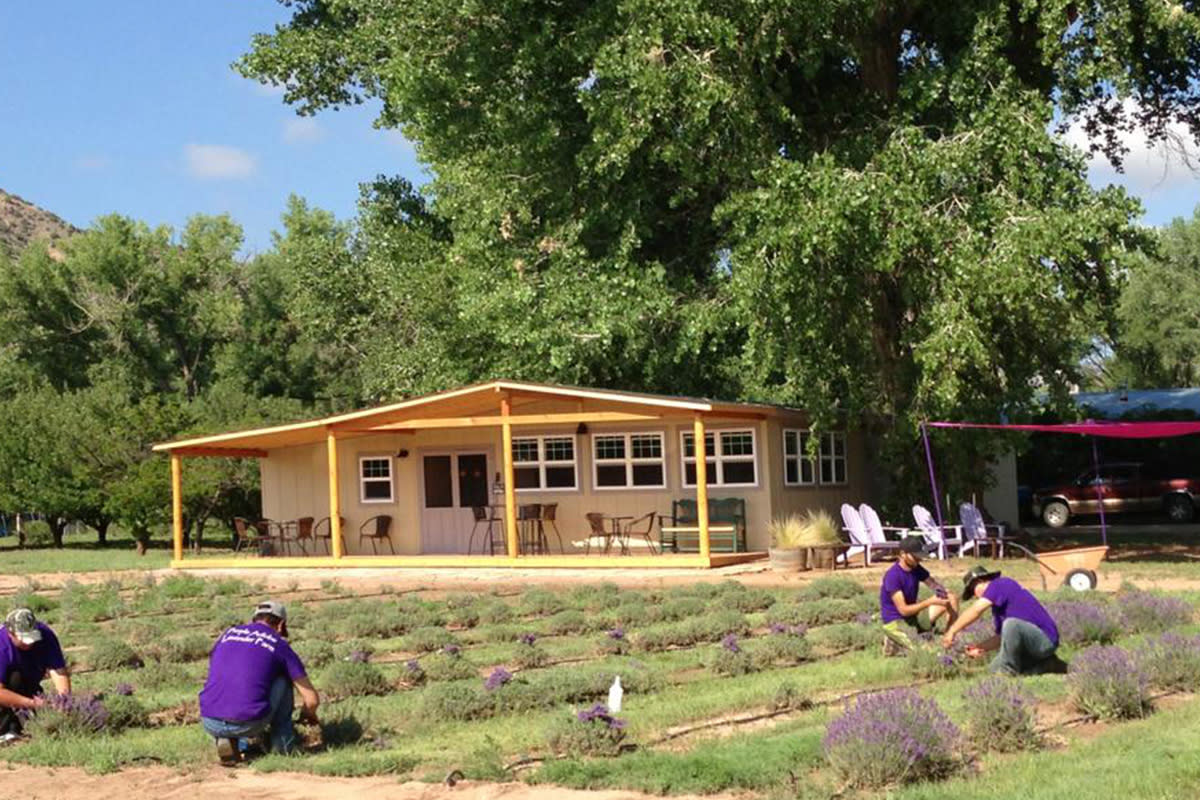
The former Placitas Chapel, a Catholic church built in the 1800s in Taos, houses this restaurant focused on showcasing locally grown produce and artisanal goods from around the region. Menus rotate seasonally, trending toward its founders’ penchants for berries, spicy red chiles, good coffee, fresh greens, and locally raised beef, lamb, and bison.
For 25 years, alpacas have grazed this green stretch of the Mora Valley an hour’s drive southeast of Taos. The pack at Victory Ranch yields fine wool that is then turned into yarn, fiber, socks, toys, and rugs, and sold on-site store. Watch how that process is done with weaving and spinning demonstrations. Tour the farm and hand-feed the alpacas—they’re reputedly delicate eaters.
K. Salman Ranch Raspberry Farm (mid-August to mid-October)
The Salman Ranch started as a land grant from the territorial governor in the 1800s, and a tour feels much like walking back into that era, when one of the original land grantees slept in caves near where he fished and grazed his sheep. The hacienda built in the 1830s, mission church, grist mill, and mercantile building remain. Visit between mid-August and mid-October and six acres of raspberry fields are open to be handpicked.
